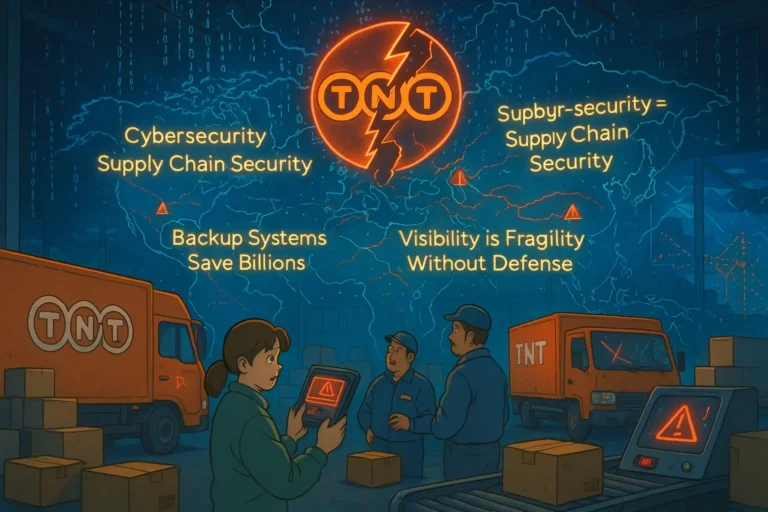
With the spotlight on last-mile delivery in recent years, tech solutions like delivery drones are springing up across the globe, even in Africa.
As these tech solutions continue to spring up, we must evaluate how it works in Africa. That way, we can always draw a path to success for them on the continent.
The fact is Africa has unique challenges, unlike most parts of the world, when it pertains to logistics and supply chain management.
These challenges call for nuances in the acceptance and deployment of new solutions; otherwise, it can cause many unwanted issues, such as damage or complete loss of products and solutions.
With that in mind, this article reviews the opportunities and challenges surrounding deploying delivery drones across Africa, particularly logistics.
But before we dive into all that….
What are Delivery Drones?
Delivery drones are unmanned aerial vehicles designed to transport packages and goods from a distribution centre or delivery hub to the end customer’s location.
To do this successfully, they come equipped with GPS, sensors, cameras, and other technology to navigate, deliver packages, and ensure safety.
With delivery drones on the scene, helping out with different logistics operations on the continent, chances are that there will be an explosion in e-commerce and transportation solutions.
What are the Opportunities for Delivery Drones in Africa?
Delivery drones present a lot of opportunities for the e-commerce industries as well as the food and delivery industries across Africa. Here are some of them.
1. Speed and Efficiency
Imagine drones weaving across the busy streets of Nairobi, Lagos, and Johannesburg without having to stop at the lights or get delayed in yet another unnecessary traffic.
That is what drones offer. It is not necessarily faster, but there are fewer obstacles when flying than on the ground.
With drones, delivery and transportation becomes a breeze. Its autonomous nature also ensures that there is a heightened efficiency in the order processing and delivery process.
2. Market Penetration
Although they don’t like to admit it, e-commerce businesses across the continent, like rural communities, do not exist. And in many cases, you cannot blame them.
With the roads being as challenging or difficult as it is, moving goods into rural communities can be more trouble than it is worth.
However, drones become a non-issue, allowing businesses to go in and out of rural communities at reduced cost and improve speed like never before.
3. Reduced Cost
The cost of logistics across Africa can be astronomical. This is primarily due to the high cost of energy resources like fuel and diesel.
Another reason for the high logistics and transportation costs is the poor infrastructure across the continent. This not only slows down vehicles but also increases their repair rate.
With drones, all these are negated. They are electrically powered and do not have to get tangled in the infrastructure mess to deliver goods to customers.
4. Improved Sustainability
Drones are more environmentally friendly than traditional delivery vehicles. They produce lower carbon emissions and reduce the environmental impact of delivery services.
You can expect pollution, such as carbon emissions and waste, to be reduced decently with drones. It also leads to job creation, which is a big part of the economic movement under sustainability.
What are the Challenges of Delivery Drones in Africa?
As with most great inventions, there are downsides to it. The same applies here. Although delivery drones are great for supply chains in Africa, there are a few limitations.
1. Noise Pollution
It is true that delivery drones help reduce waste and carbon emissions, but they amplify noise pollution because of the loud motor sounds that originate from their engines.
This noise pollution can be a nuisance, disturbing residential and industrial areas. It may create a distaste for it, especially among quiet neighbourhoods.
2. Theft and Vandalism
The security situation across the continent can vary anywhere from bad to decent in most countries, which makes logistics and supply chains susceptible to theft and vandalism.
However, because the drones are unmanned, it is very tricky to handle situations like these if or when they arise.
Theft and vandalism could be on the ground or while in transit on the air.
3. Poor Navigation solutions
There are many instances of poor navigation happening across major cities in Africa. Now imagine how bad it could be in the rural or developing areas.
Although drones can easily bypass the limitations on the roads, in many cases, they may not be able to bypass the navigation challenge.
When this is wrong, it could also lead to loss, damage or theft of the drones.
4. Technical or Features Limitations
Most delivery drones have limitations in their features, such as payload capacity, obstacle avoidance, and navigation accuracy.
You will need to get beyond these to enjoy safe and reliable operations from delivery drones on the continent.

Obinabo Tochukwu Tabansi is a supply chain digital writer (Content writer & Ghostwriter) helping professionals and business owners across Africa learn from real-world supply chain wins and setbacks and apply proven strategies to their own operations. He also crafts social content for logistics and supply chain companies, turning their solutions and insights into engaging posts that drive visibility and trust.







